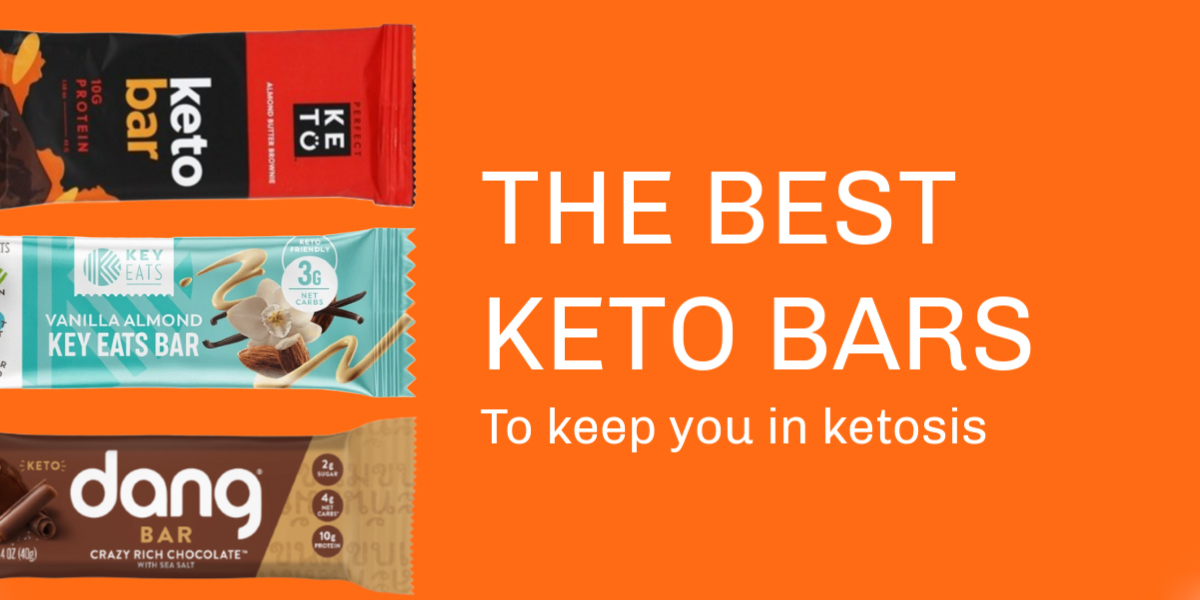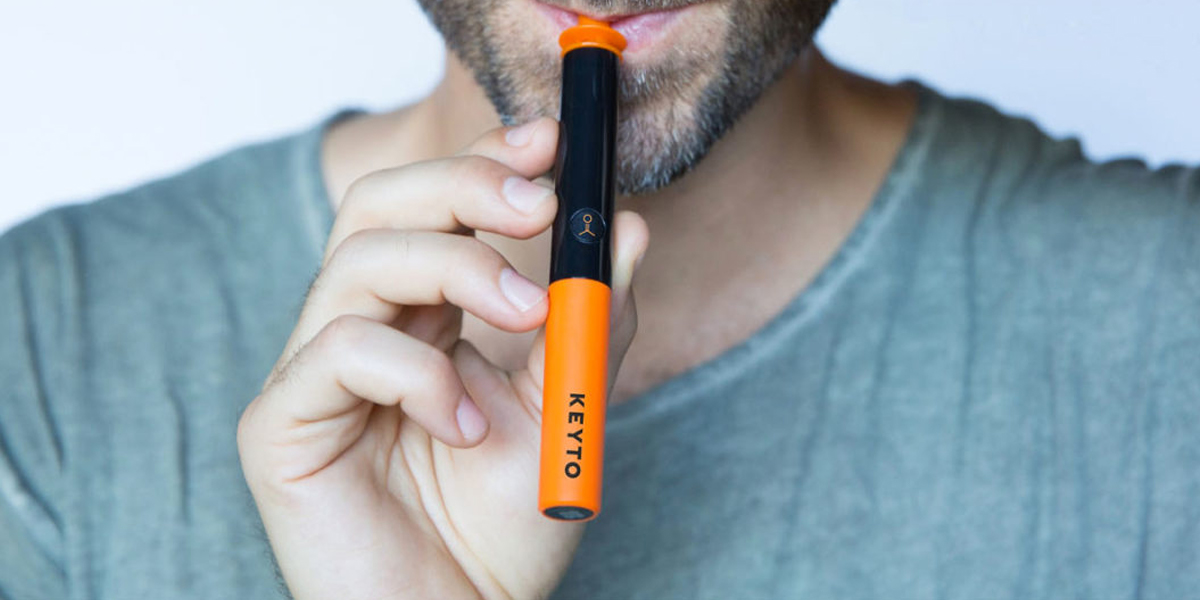What is ketosis and why would you want to get there?
Ketosis is a metabolic state where your body is using fat for fuel instead of carbohydrates. This is usually accomplished by following a ketogenic diet, which is a high-fat, low-carbohydrate way of eating. Getting into ketosis can have a variety of benefits, including weight loss, improved mental clarity, and increased energy levels. There are many reasons why someone might want to get into ketosis, such as wanting to lose weight, wanting to improve their mental focus and clarity, or wanting to increase their energy levels.
How long does it take to get into ketosis?
There is no set answer to this question as it depends on a variety of individual factors, such as your current metabolism, how many carbs you consume, and how much exercise you get. However, it is generally agreed that it takes most people a few days to a week to enter ketosis.
How to get into ketosis – and stay there
To get into ketosis, you need to reduce your carb intake and eat more fat. There are a few ways to do this:
1. Decrease your carb consumption
A low carb diet is very important to achieving ketosis. This is because when you eat fewer carbs, there is less sugar for your cells to use as energy. Instead, your cells will use other sources of energy like fatty acids and ketones. Your body stores sugar in the form of glycogen, and when you eat fewer carbs, the glycogen stores are reduced. This also causes the hormone insulin to go down, which allows fatty acids to be released from fat stores. Your liver will then convert some of these fatty acids into ketones like acetone, acetoacetate, and beta-hydroxybutyrate.
2. Practice intermittent fasting
This involves eating very little or no food for a period of time (usually 16-24 hours), which allows your body to burn through all its glucose and enter ketosis. It would help deplete glycogen stores, reduce overall carb intake, and promote more fat utilization for energy. Intermittent fasting is effective as another way to organize your calories to promote an overall caloric deficit; however, a deficit is only created when food choices are kept in control.
3. Increase your physical activity
Exercise can help you get into ketosis more quickly by using up your body’s available glucose stores. But it’s important to listen to your body and drink plenty of water and electrolytes to stay hydrated.
4. Test your ketone levels and adjust as necessary.
It can be helpful to test your ketone levels to ensure you’re achieving your goals since achieving and maintaining a state of ketosis is highly individualized. The three types of ketones — acetone, acetoacetate, and beta-hydroxybutyrate — can be measured in your breath, urine, or blood.
Our favorite way to test your ketone levels is via breath using the Keyto Breath Sensor. After breathing into the sensor, a Keyto Level indicate whether you’re in ketosis and how high your levels are.





